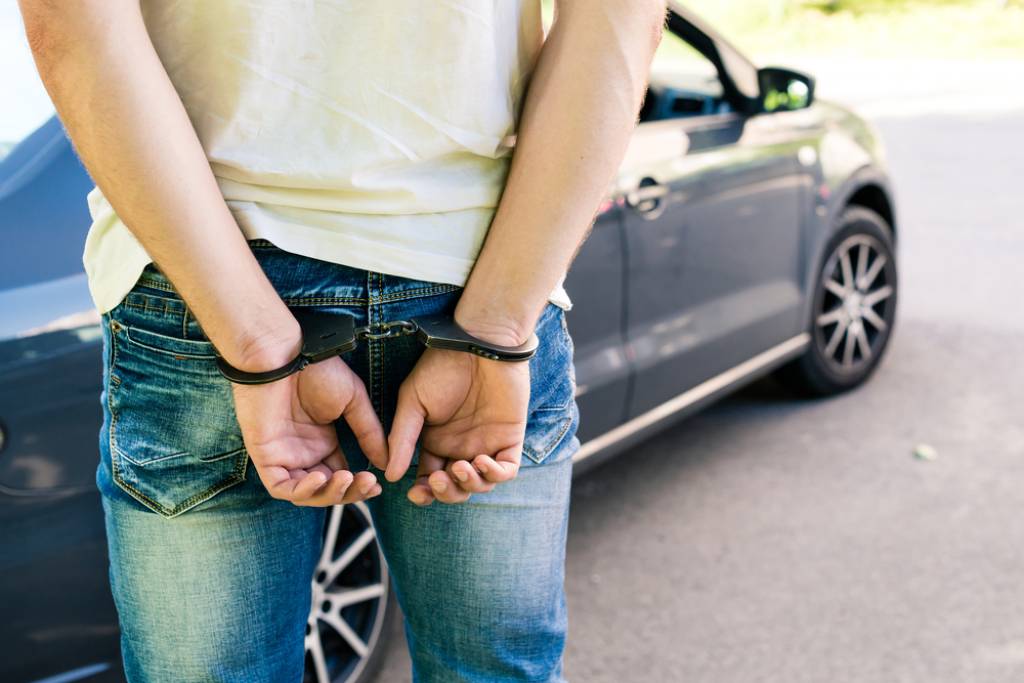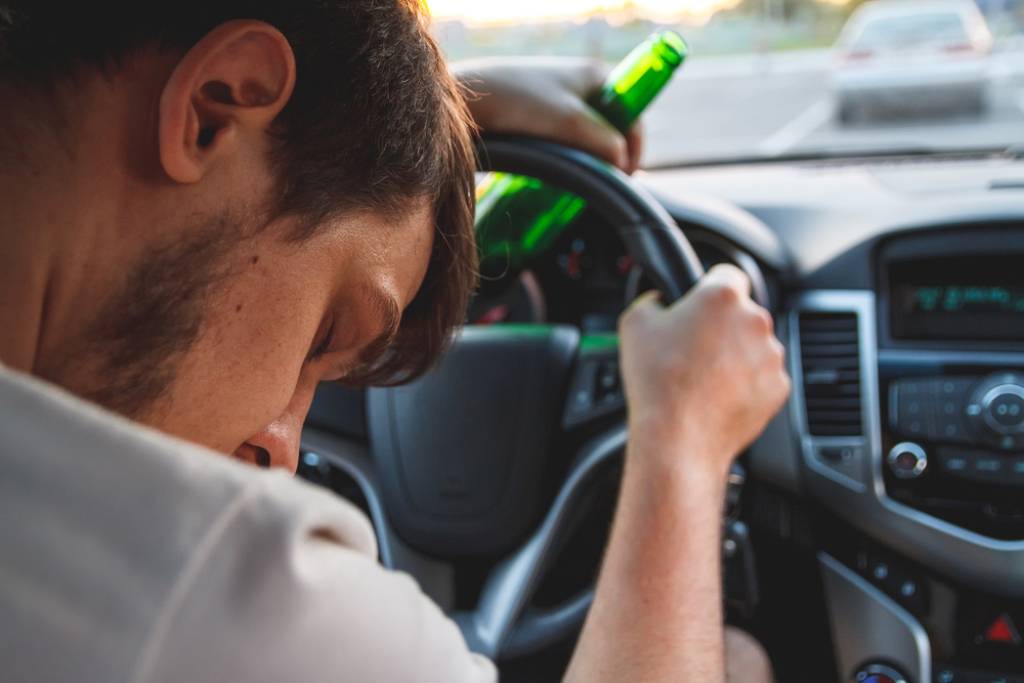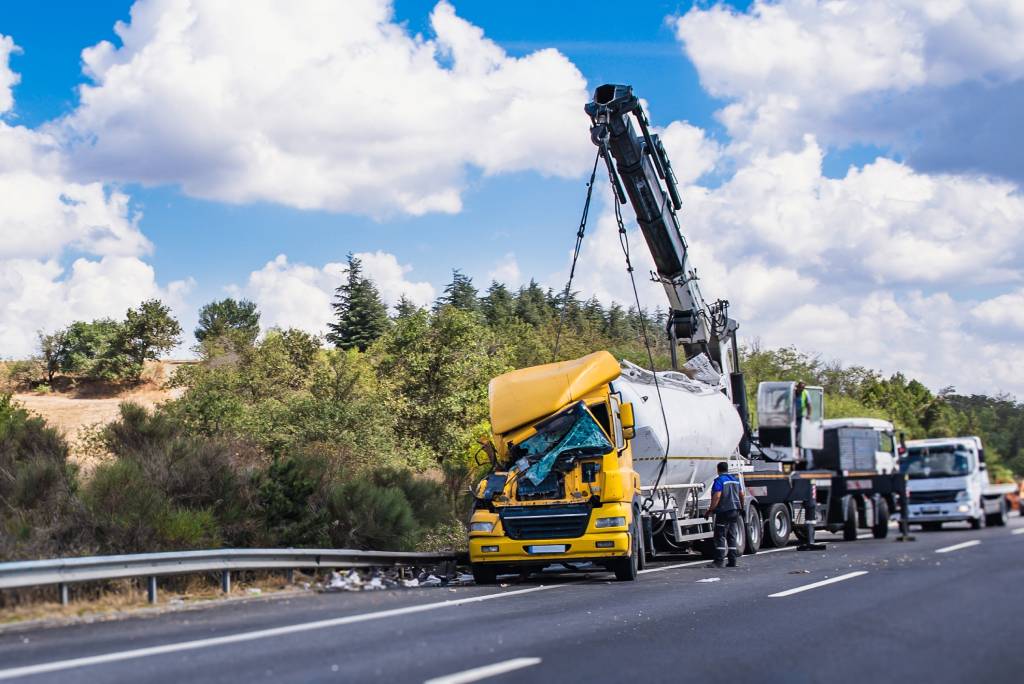Drunk driving is a serious problem in California that leads to many accidents and fatalities. This blog will discuss the role of ignition interlock devices in preventing drunk driving, how they work, their effectiveness, the laws surrounding them in California, criticisms and limitations, and alternative ways to prevent drunk driving. We will also discuss how The May Firm can help you in a drunk driving accident.
How Ignition Interlock Devices Work
Ignition interlock devices (IIDs) are small devices that are installed in a vehicle to prevent the driver from operating the vehicle while under the influence of alcohol. IIDs are connected to the vehicle’s ignition system and require the driver to provide a breath sample before the vehicle will start. If the IID detects alcohol on the driver’s breath, the vehicle will not start.
To use an IID, the driver must blow into a mouthpiece attached to the device. The device then analyzes the breath sample to determine the driver’s blood alcohol concentration (BAC). If the driver’s BAC is above the legal limit, the device will prevent the vehicle from starting. Some IIDs require the driver to provide additional breath samples at random intervals while the vehicle is in motion to ensure that the driver does not consume alcohol while driving.
IIDs are designed to be tamper-proof and are typically calibrated to ensure that false readings do not occur. The devices are also equipped with a data recorder, which logs all breath tests and any attempts to tamper with the device.
Effectiveness of Ignition Interlock Devices
Ignition interlock devices (IIDs) have been found to be effective in reducing drunk driving incidents. According to the Centers for Disease Control and Prevention (CDC), IIDs reduce repeat drunk driving offenses by approximately 70%.
Studies have also found that IIDs are effective in preventing alcohol-impaired driving. In a study conducted by the National Institute of Health, it was found that IIDs led to a 16% reduction in fatal crashes involving drunk drivers, and a 65% reduction in DUI recidivism.
The effectiveness of IIDs is attributed to their ability to prevent a vehicle from starting if the driver has consumed alcohol. The device requires the driver to blow into a breathalyzer before starting the vehicle. If the device detects a blood alcohol concentration (BAC) above the predetermined limit, the vehicle will not start.
IIDs are also effective in keeping drivers accountable for their actions. The device requires drivers to take random breath tests while driving, which helps to ensure that the driver does not consume alcohol while on the road.

Implementation and Laws Surrounding Ignition Interlock Devices in California
Ignition interlock devices are regulated at the state level, and California has specific laws regarding their use. In California, ignition interlock devices are mandatory for repeat DUI offenders and for first-time offenders who caused injury or death while driving under the influence.
Additionally, any driver convicted of DUI in four California counties (Alameda, Los Angeles, Sacramento, and Tulare) must install an ignition interlock device as part of a pilot program. This program is designed to evaluate the effectiveness of ignition interlock devices in reducing DUI recidivism rates.
The installation and maintenance of ignition interlock devices are the responsibility of the offender, and the costs associated with these devices are also the responsibility of the offender. This includes the installation fee, monthly rental fees, and any required maintenance or calibration fees.
Criticisms and Limitations of Ignition Interlock Devices
While ignition interlock devices have been proven to be effective in reducing DUI recidivism rates, they are not without their limitations and criticisms. One common criticism of ignition interlock devices is that they are not foolproof, and offenders may find ways to bypass or tamper with the devices.
Additionally, some critics argue that ignition interlock devices are only effective as long as they are installed, and once they are removed, offenders may resume their dangerous behavior. Others argue that ignition interlock devices place a significant burden on offenders, particularly those who cannot afford the associated costs.
Frequently Asked Questions About Preventing Drunk Driving
What is the simplest way to prevent drunk driving?
The simplest way to prevent drunk driving is to not drink and drive. If you plan to drink alcohol, it is important to plan ahead and arrange for a designated driver or alternate transportation.
What are 3 things you can do to prevent a drunk person from driving?
There are several things that can be done to prevent a drunk person from driving:
- Offer to be their designated driver: If you know that someone has been drinking and they need to get home, offer to be their designated driver. This means that you will be responsible for getting them home safely without them having to operate a vehicle while impaired.
- Take their keys: If the person insists on driving after drinking, take their keys away from them. This will prevent them from operating a vehicle and potentially causing harm to themselves or others.
- Call a ride-sharing service or taxi: If the person is unable to drive and you are not able to provide them with a ride, call a ride-sharing service or taxi for them. This will ensure that they are able to get home safely without having to drive while impaired.
It is important to remember that drunk driving can have serious consequences, both for the driver and for others on the road. Taking steps to prevent drunk driving can help to keep everyone safe.
How do you stop someone from drinking and driving?
The best way to stop someone from drinking and driving is to encourage them to plan ahead and arrange for a designated driver or alternate transportation before they start drinking. Additionally, it may be helpful to offer to drive them home or arrange for a taxi or rideshare service.
If someone is already intoxicated and attempting to drive, it is important to intervene and prevent them from getting behind the wheel. This may involve taking their keys, offering to drive them home yourself, or calling the police.

Conclusion
Drunk driving is a serious problem that poses a significant risk to public safety. Ignition interlock devices have been proven to be an effective tool in reducing DUI recidivism rates and preventing drunk driving accidents. However, they are not without their limitations and criticisms, and it is important to continue exploring other strategies for preventing drunk driving.
The May Firm Can Help You in a Drunk Driving Accident
The May Firm is the best law firm for drunk driving car accidents and has the best California drunk driving accident lawyers with extensive experience in handling cases related to DUI accidents. Our lawyers are well-versed in the state of California’s DUI laws and have a proven track record of successfully representing clients who have been involved in drunk driving accidents.
We understand the devastating consequences that a drunk driving accident can have on a person’s life, including medical bills, lost wages, and emotional distress. That’s why our team of dedicated lawyers works tirelessly to ensure that our clients receive the compensation they deserve.
Our firm offers a free consultation to discuss your case and determine the best course of action. We work on a contingency fee basis, which means that you don’t pay us anything unless we win your case. Our drunk driving accident attorneys also have experience in dealing with insurance companies and pursuing punitive damages in cases of impaired drivers with gross negligence.
If you or a loved one has been involved in a drunk driving accident in California, The May Firm can help. Contact our office to schedule a free consultation with one of our experienced and compassionate California DUI accident lawyers.
Contact a Drunk Driving Accident Lawyer Today
Disclaimer:
The content in this article is provided for general informational purposes only and may not represent the current law in the recipient’s jurisdiction. The content and information should not be construed as professional legal advice from The May Firm or the individual author, nor is it intended to be a substitute for legal counsel on any subject matter. Any and all information included in, or accessible through, this article should not be used to act or refrain from acting without the appropriate legal or other professional advice from a lawyer licensed in the recipient’s appropriate jurisdiction. Any reliance you place on such information is strictly at your own risk.



